This post contains affiliate links. Please read our disclosure policy.
Easy Cilantro Lime Shrimp Recipe is a simple shrimp skillet recipe anyone can make – bursting with garlic, lime, butter, and cilantro flavors for the best shrimp you can make in under 10 minutes – in just one pan! Perfect for shrimp tacos, fajitas, salads, wraps, and more!
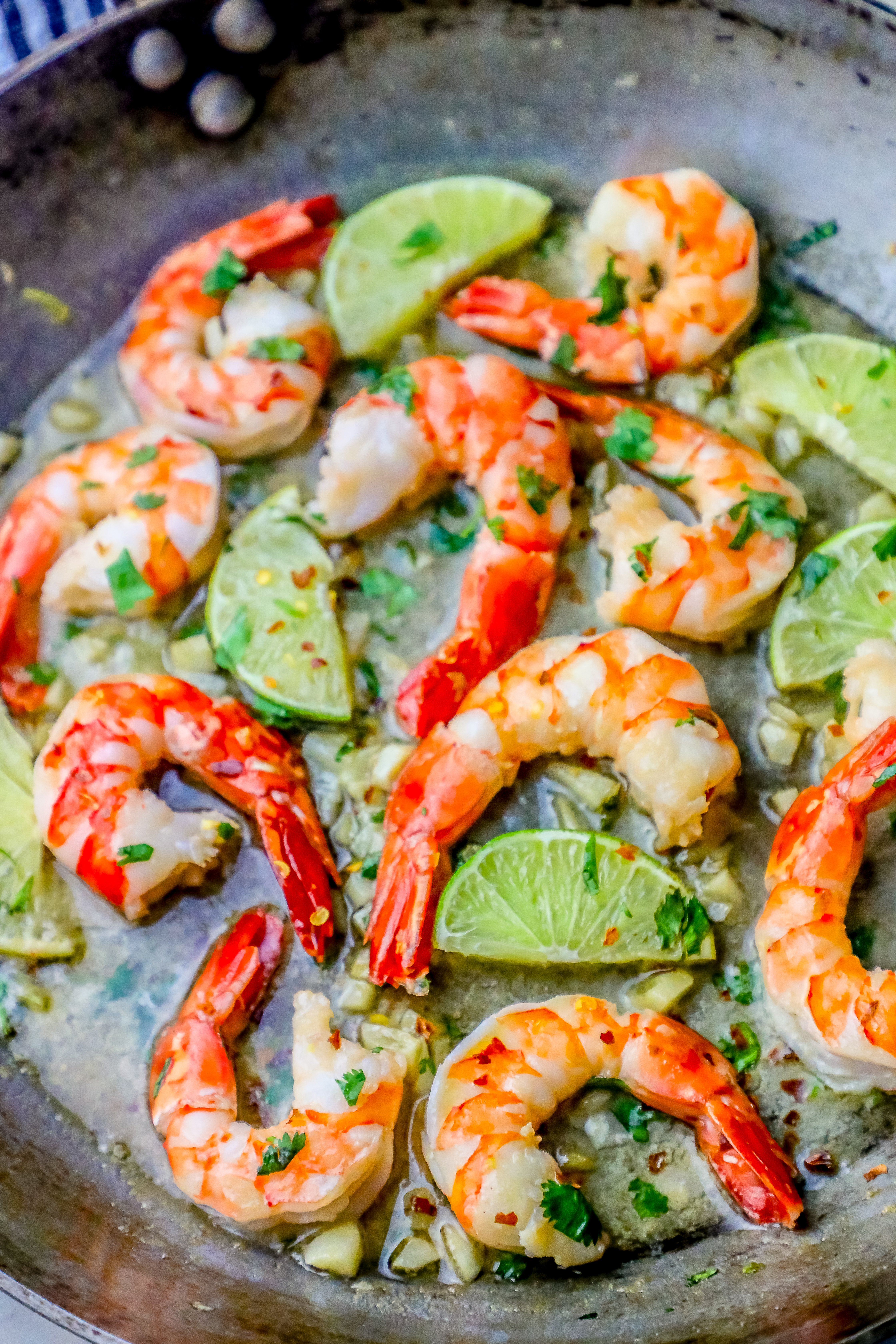
Don’t want all the extras in a recipe post? We provide a skip to recipe button in the top left corner, as well as a clickable table of contents, just below, to help make this page easier to navigate.
At Sweet C’s, I add lots of tips in all of my recipes – because I am a home cook without any formal training, and I find I am more confident making dishes when I understand why it works, and what each ingredient means to the flavor of a recipe. My goal is for even the most beginner home cook to feel empowered in the kitchen.
Table of Contents
Easy Cilantro Lime Shrimp
If you love cilantro, lime, and shrimp – this super easy recipe is perfect for you. It is delicious, low calorie, super low carb, and crazy versatile – it works perfectly in wraps, sandwiches, and salads – or over pasta, rice, vegetables, or just served with your favorite fresh side dishes for a tasty seafood skillet dinner everyone will love.
This easy cilantro lime shrimp recipe is the perfect easy beginner cook dish to learn to cook shrimp perfectly at home – for a restaurant quality shrimp dinner truly anyone can make in under 15 minutes, from fridge to dinner table.
Since shrimp is crazy fast cooking, this recipe is perfect for a busy weeknight, a fancy dinner party, or as meal prep – and this simple shrimp dinner uses just one pan so you’re not cleaning up a huge mess all night.
How to Make one pan cilantro lime shrimp skillet
First assemble the following ingredients:
- Butter (4 tbsp) – Butter provides a rich, creamy base that enhances the dish’s overall depth of flavor.
- Shrimp (1 lb) – Shrimp offers a sweet, mildly briny taste with a tender, succulent texture.
- Garlic (1/4 cup) – Garlic adds a pungent, slightly spicy undertone that complements the zestiness of the lime.
- Lime (1) – Lime contributes a bright, acidic, and tangy zestiness.
- Red pepper flakes (1 tsp) – Red pepper flakes introduce a subtle heat that contrasts with the freshness of the cilantro.
- Black pepper (1 tsp) – Black pepper contributes a sharp, earthy warmth that rounds out the dish’s flavor profile.
- Cilantro (1/4 cup) – Cilantro adds a fresh, citrusy, and slightly peppery flavor.
Use this Method
Cook Garlic. In a large, nonstick pan, melt butter (or heat oil until shimmery if using olive oil) on medium high heat. Add diced garlic and let brown and become fragrant, stirring often to prevent burning – about 3 minutes.
Add Lime. Cut lime in half, and add the juice and zest of half the lime to the pan.
Add Shrimp. Stir in shrimp and red pepper flakes, as well as sliced wedges from the other half of the lime. Let cook until one side of shrimp is pink – about 3 minutes, and stir in cilantro.
Finish and Serve. Continue to cook on high until pink are just pink and opaque – about another 4 minutes – do not overcook shrimp. Remove from heat and serve as an appetizer, over pasta, rice, vegetables, or in a taco or wrap!
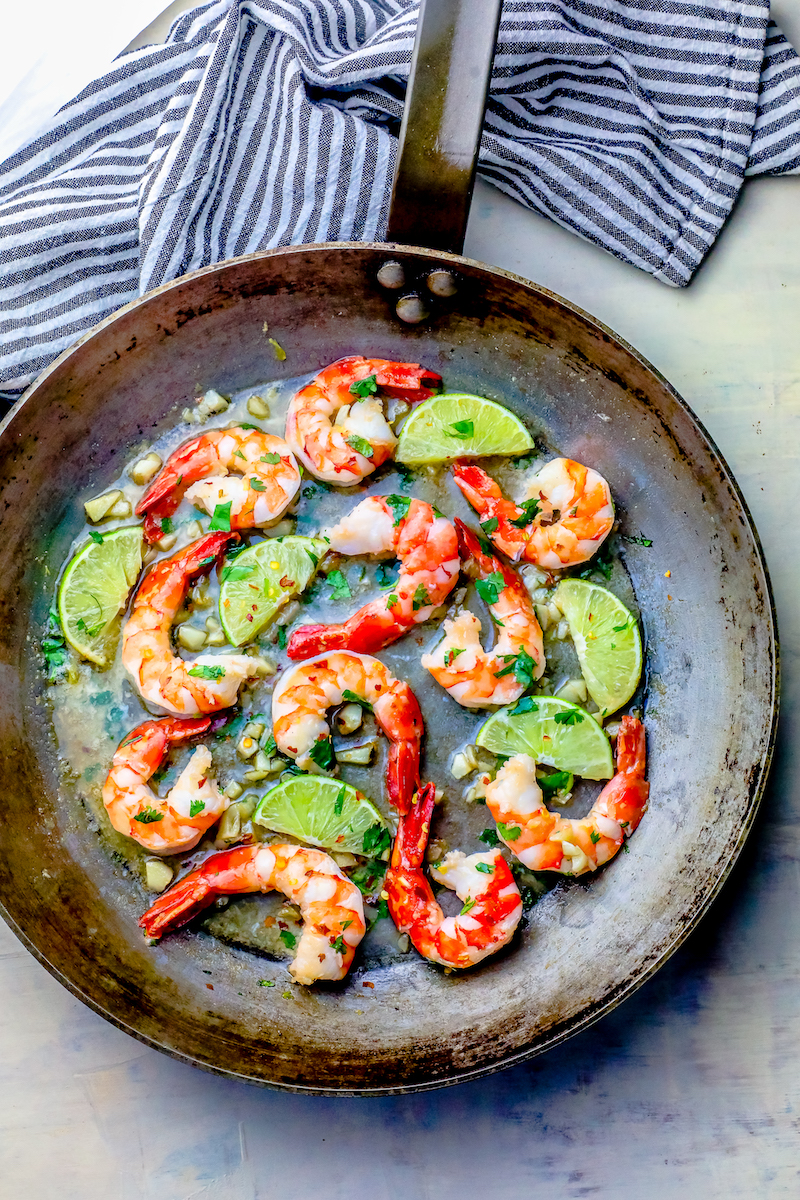
Tips and Tricks for Perfect Shrimp
Choose Fresh Ingredients: Fresh cilantro, limes, and high-quality shrimp are key to the dish’s vibrant flavor. Look for shrimp that are firm, shiny, and have a fresh sea smell.
Marinate for Flavor: Marinate the shrimp in a mixture of lime juice, olive oil, minced garlic, and chopped cilantro for at least 15-30 minutes to infuse them with flavor. Don’t marinate for too long, as the lime juice can start to “cook” the shrimp.
Don’t Overcook the Shrimp: Shrimp cook quickly and can become rubbery if overcooked. Cook them just until they turn pink and opaque, which usually takes 2-3 minutes per side, depending on their size.
Use High Heat: Cook the shrimp on high heat to get a nice sear without overcooking them. This helps to lock in the flavors and gives the shrimp a slightly crispy exterior.
Season Well: In addition to the marinade, season the shrimp with salt and pepper right before cooking to enhance their natural flavors. Adjust the seasoning according to your taste.
Zest It Up: Add lime zest to the marinade or sprinkle it over the cooked shrimp for an extra burst of lime flavor that complements the cilantro beautifully.
Garnish: Before serving, garnish with additional fresh chopped cilantro and lime wedges. The fresh herbs and citrus will brighten the dish and add a pop of color.
Control the Heat: If you like a bit of heat, add a pinch of red pepper flakes or a finely chopped jalapeño to the marinade.
Serve Immediately: Shrimp are best enjoyed fresh off the pan. Serve them immediately after cooking to savor their juiciness and tenderness.
Accompaniments: Cilantro lime shrimp pairs wonderfully with various sides, such as rice, quinoa, or a fresh salad. Consider serving them with avocado slices or a creamy avocado sauce for a complementary texture and flavor.
FAQs
Start by peeling and deveining the shrimp, if not already done. Rinse them under cold water and pat dry with paper towels. This ensures the shrimp cook evenly and absorb the flavors well.
Yes, you can use frozen shrimp. Thaw them completely in the refrigerator or under cold running water, then pat dry before cooking. Thawed shrimp tend to cook more evenly and absorb marinade flavors better.
Shrimp cook quickly and are done when they turn pink and opaque, and the tails curl slightly. Overcooking can make them tough, so watch them closely, especially since they can go from perfectly cooked to overdone in just a minute.
To add heat, include diced jalapeño peppers or a pinch of red pepper flakes in the marinade. You can also serve the shrimp with a side of hot sauce or spicy aioli for added kick.
It’s best enjoyed fresh, but you can marinate the shrimp and prepare any sides or sauces in advance. Cook the shrimp just before serving to maintain the best texture and flavor.
Store any leftovers in an airtight container in the refrigerator for up to 2 days. Reheat gently to avoid overcooking the shrimp.
Cilantro lime shrimp is naturally gluten-free and low in carbohydrates, making it suitable for those on gluten-free or low-carb diets. For a dairy-free option, ensure all accompanying sides and sauces are dairy-free as well.
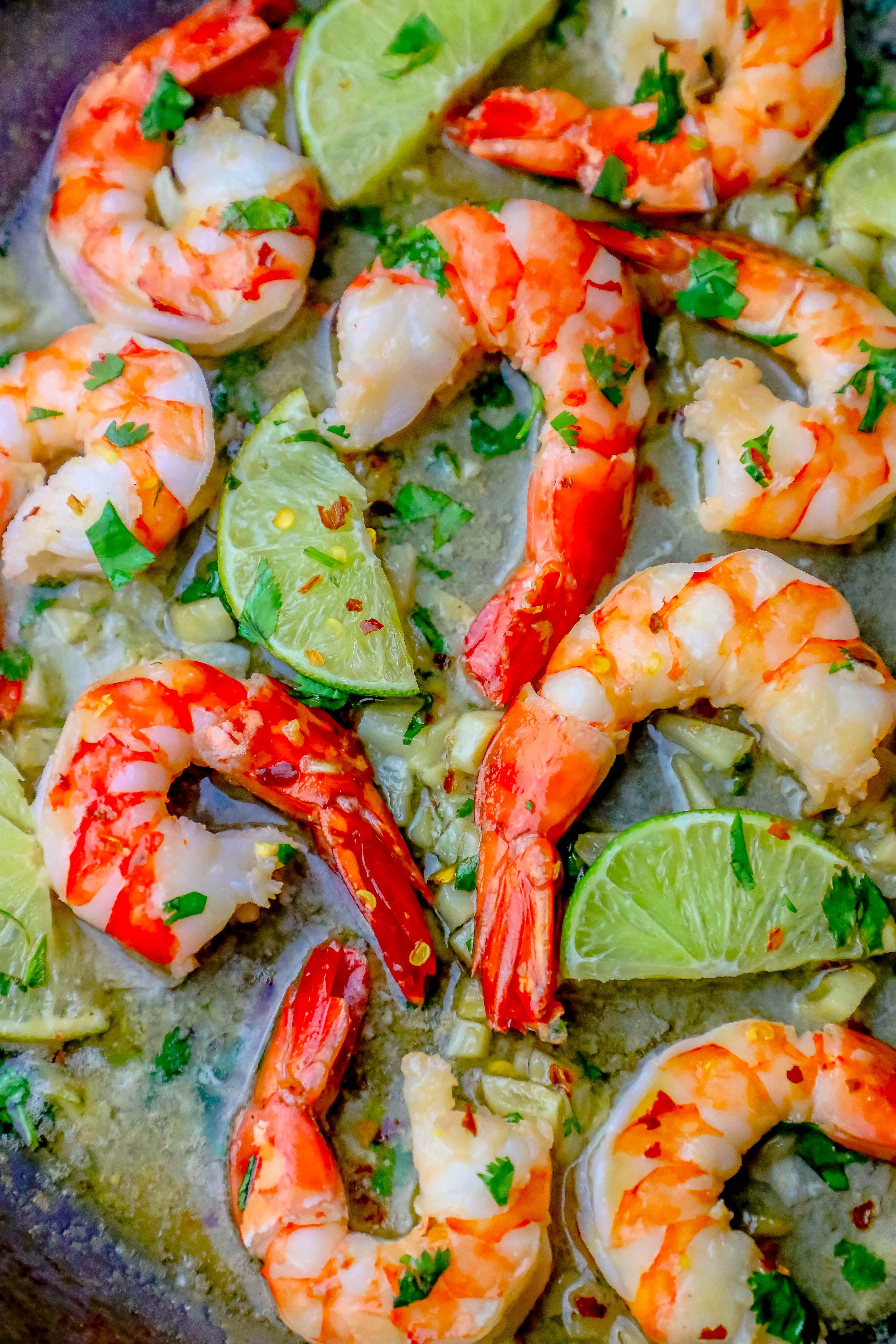
What to Enjoy with Cilantro Lime Shrimp
- Rice Varieties:
- Coconut Rice: The sweetness complements the zesty shrimp.
- Cilantro Lime Rice: For an extra burst of the same flavors present in the shrimp.
- Grains and Pulses:
- Quinoa: A protein-packed grain that goes well with the lightness of shrimp.
- Black Beans: Offers a hearty texture and flavor contrast.
- Vegetables and Salads:
- Grilled or Roasted Asparagus: A simple, elegant side.
- Mango Avocado Salad: The sweetness of mango and creaminess of avocado balance the tangy shrimp.
- Corn Salad: Adds a sweet crunch that complements the shrimp’s zest.
- Breads and Tortillas:
- Warm Tortillas: Perfect for making shrimp tacos.
- Garlic Bread: For dipping into the sauce and adding a carb component to the meal.
- Pasta and Noodles:
- Angel Hair Pasta: Light and delicate, perfect for a simple olive oil and garlic toss with shrimp.
- Cold Noodle Salad: With a light vinaigrette, it can be a refreshing side.
- Dips and Sauces:
- Guacamole: Rich and creamy, it pairs well with the zesty flavors.
- Salsa Fresca: Adds a fresh, juicy component to the meal.
- Beverages:
- White Wine: A crisp, dry white like Sauvignon Blanc complements the dish’s acidity.
- Citrus-infused Water: Keeps the meal light and refreshing.
- Desserts:
- Key Lime Pie: Continues the citrus theme into dessert.
- Fruit Sorbets: Light and refreshing, a perfect end to a zesty meal.
Also try some of my favorites like: 10 Minute Lemon Garlic Butter Broiled Lobster Tails, The Best One Pot Lemon Garlic Butter Shrimp Recipe Ever, One Pot Creamy Shrimp Florentine Skillet, and One Pot 5 Ingredient Tuscan Baked Fish
Try these other seafood recipes next:
If you love this Easy Cilantro Lime Shrimp Recipe as much as I do, please write a five star review, and be sure to help me share on facebook and pinterest!

Only have 30 minutes to get dinner on the table? Sign up for my 30 minute dinner plans direct to your inbox!
Find and shop my favorite products in my Amazon storefront here!
Easy Cilantro Lime Shrimp

Equipment
Ingredients
Instructions
- In a large, nonstick pan, melt butter (or heat oil until shimmery if using olive oil) on medium high heat.
- Add diced garlic and let brown and become fragrant, stirring often to prevent burning – about 3 minutes.
- Cut lime in half, and add the juice and zest of half the lime to the pan.
- Stir in shrimp and red pepper flakes, as well as sliced wedges from the other half of the lime.
- Let cook until one side of shrimp is pink – about 3 minutes, and stir in cilantro.
- Continue to cook on high until pink are just pink and opaque – about another 4 minutes – do not overcook shrimp.
- Remove from heat and serve as an appetizer, over pasta, rice, vegetables, or in a taco or wrap!
Video
Nutrition
Nutrition information is automatically calculated, so should only be used as an approximation.
Click to watch the lemon garlic butter broiled lobster tails video below:
[mv_video aspectRatio=”16:9″ key=”wxahdy0up8gfvhmsdwbh”]
[mv_video aspectRatio=”16:9″ key=”uvf1vixkherb9pdyw5he”]
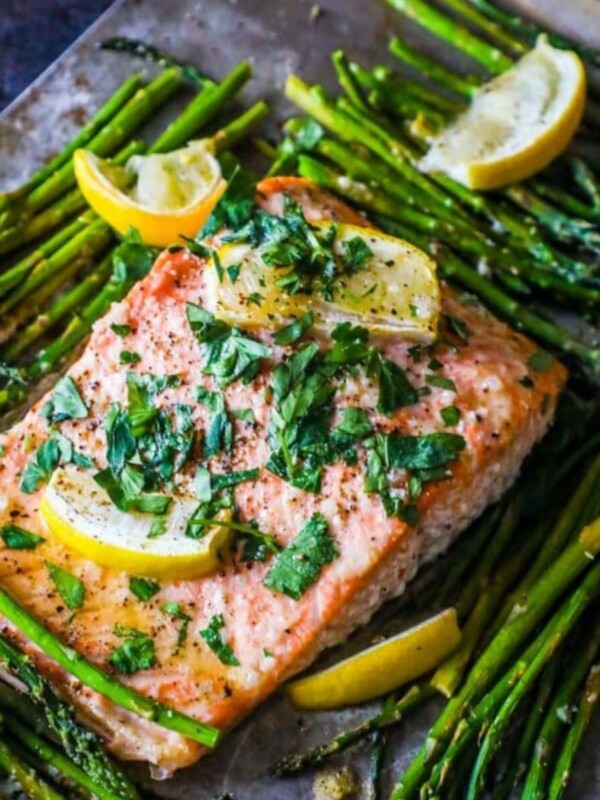
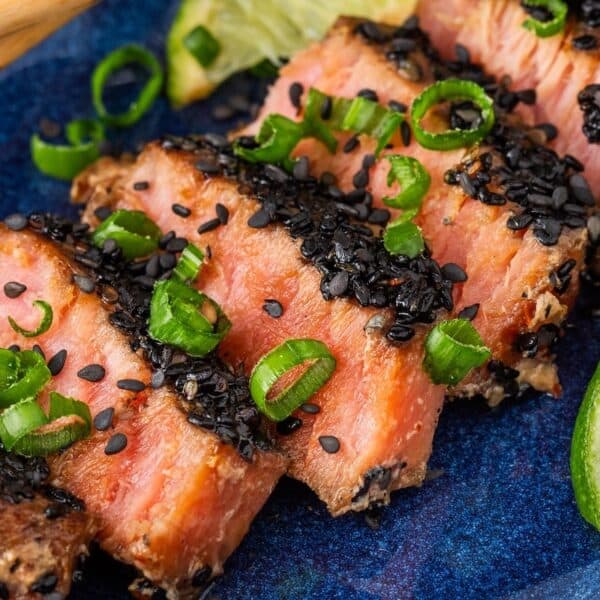
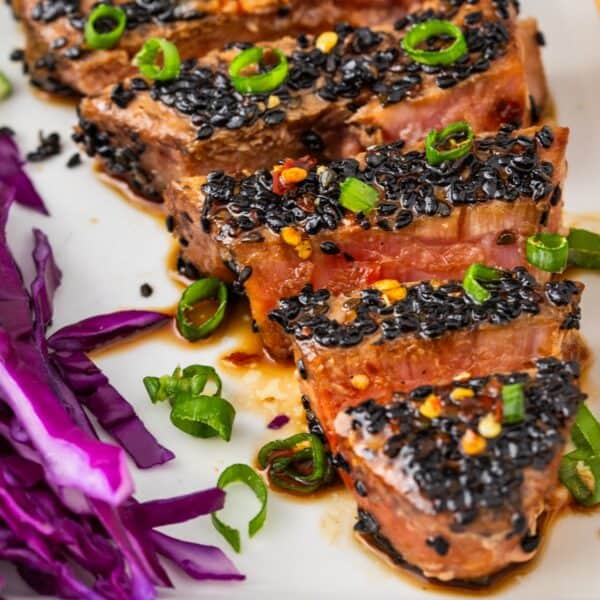
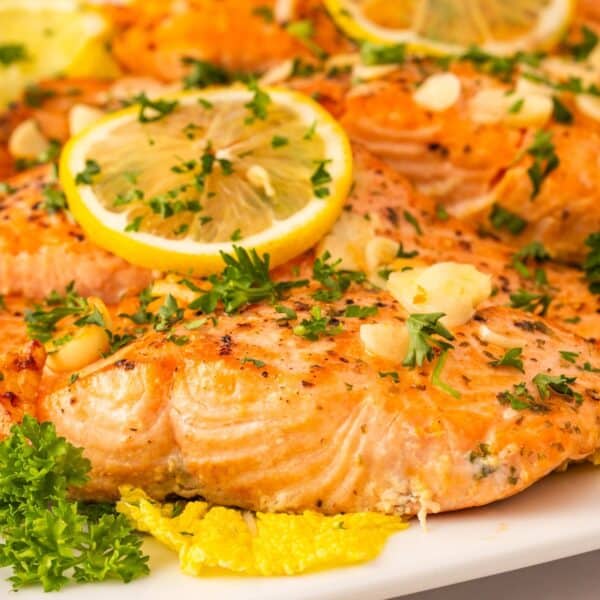
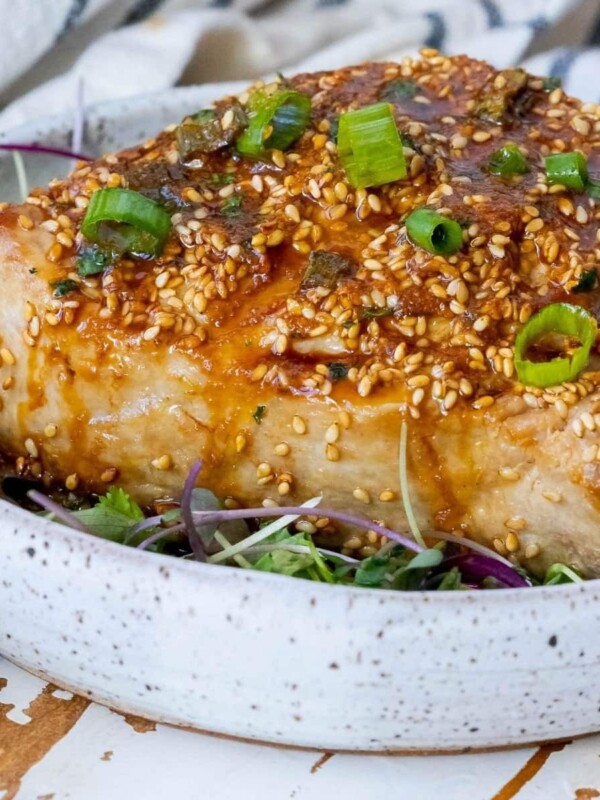

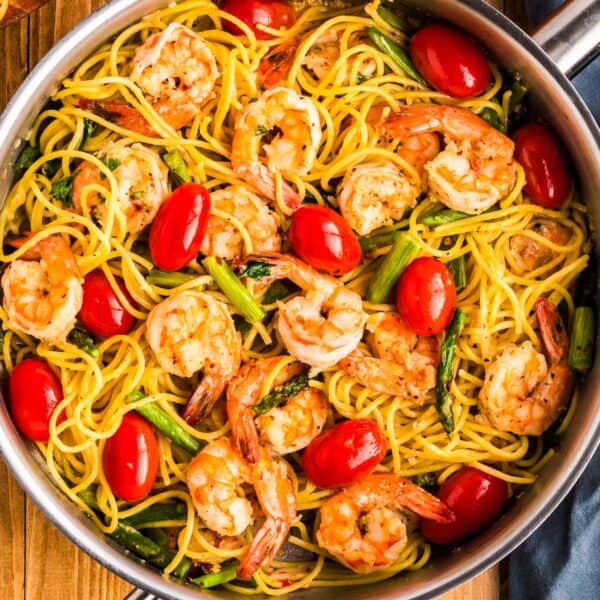
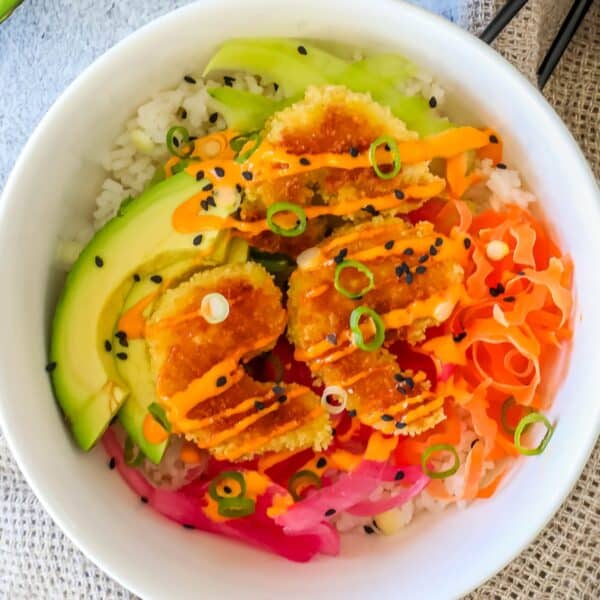
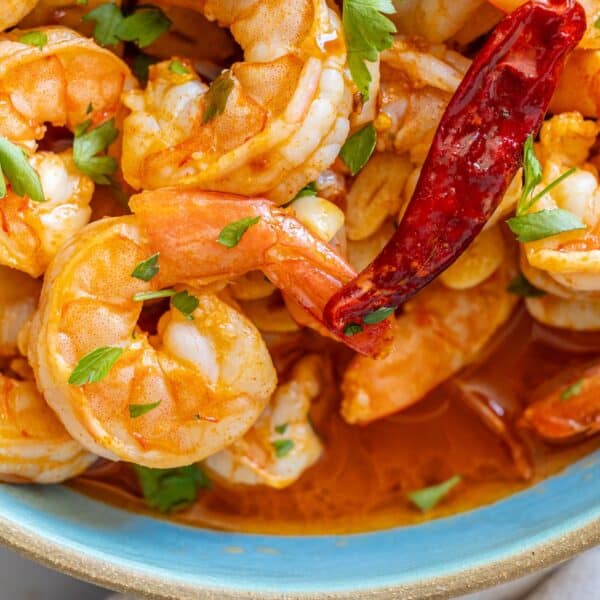
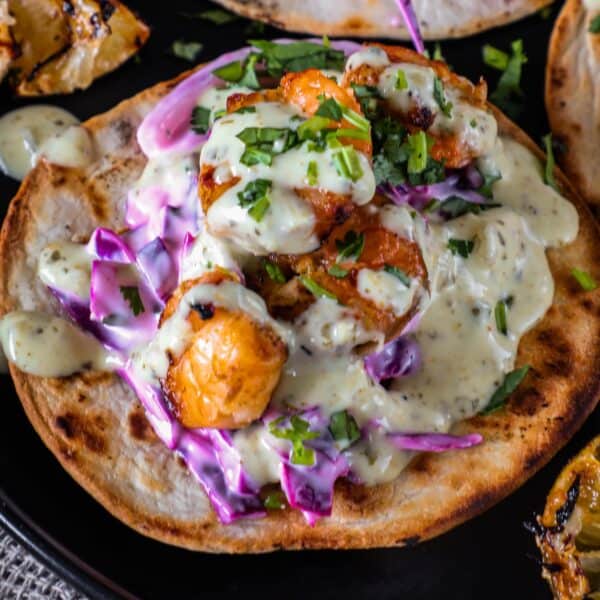





1 Comment